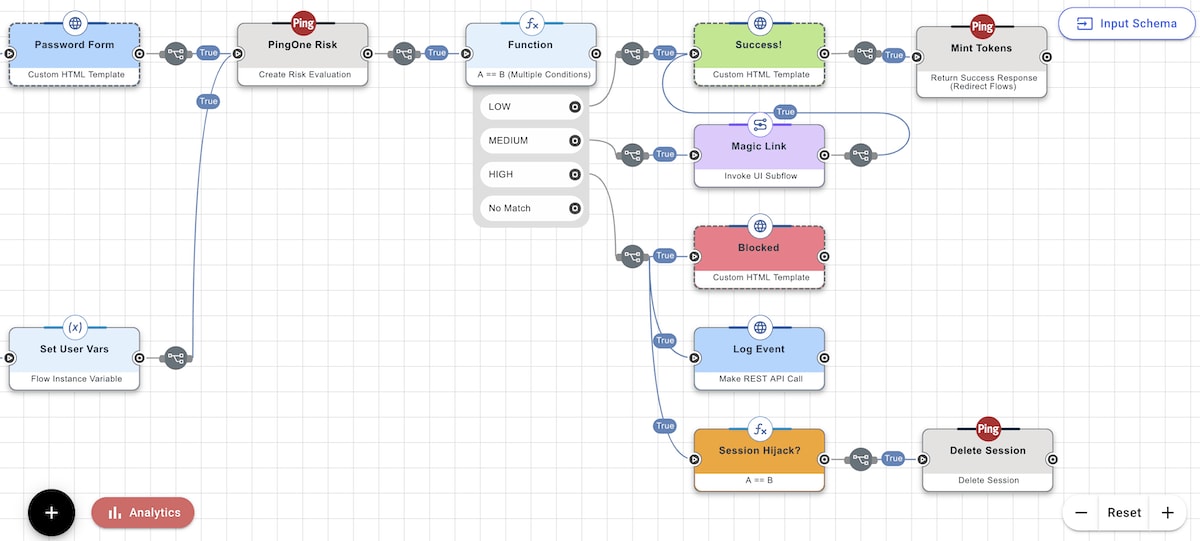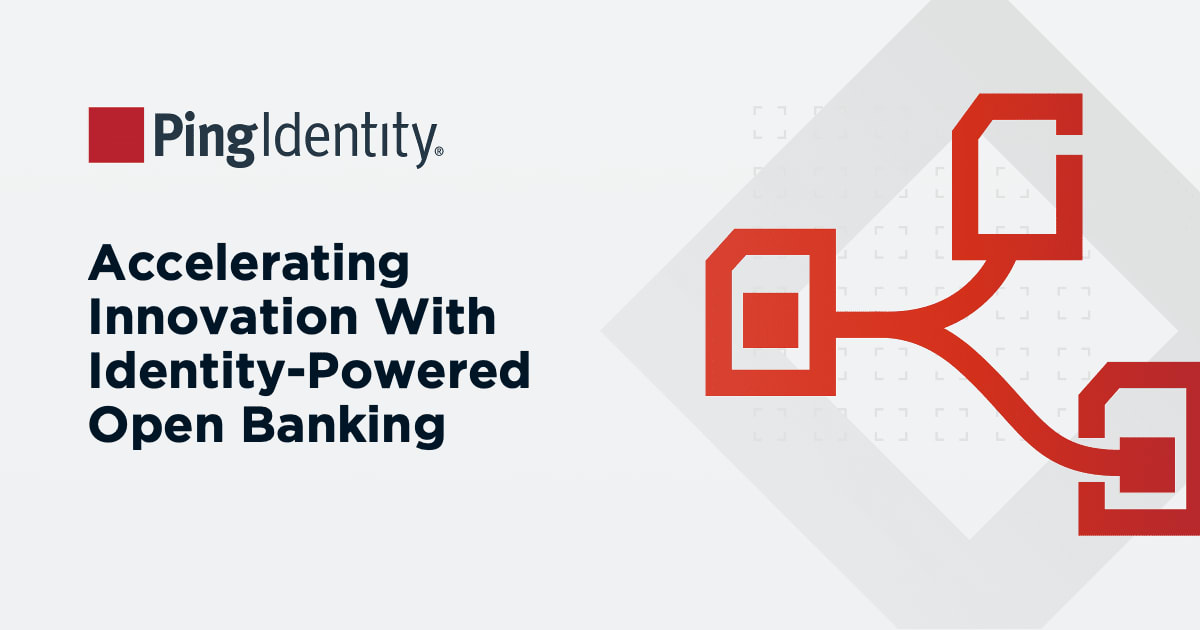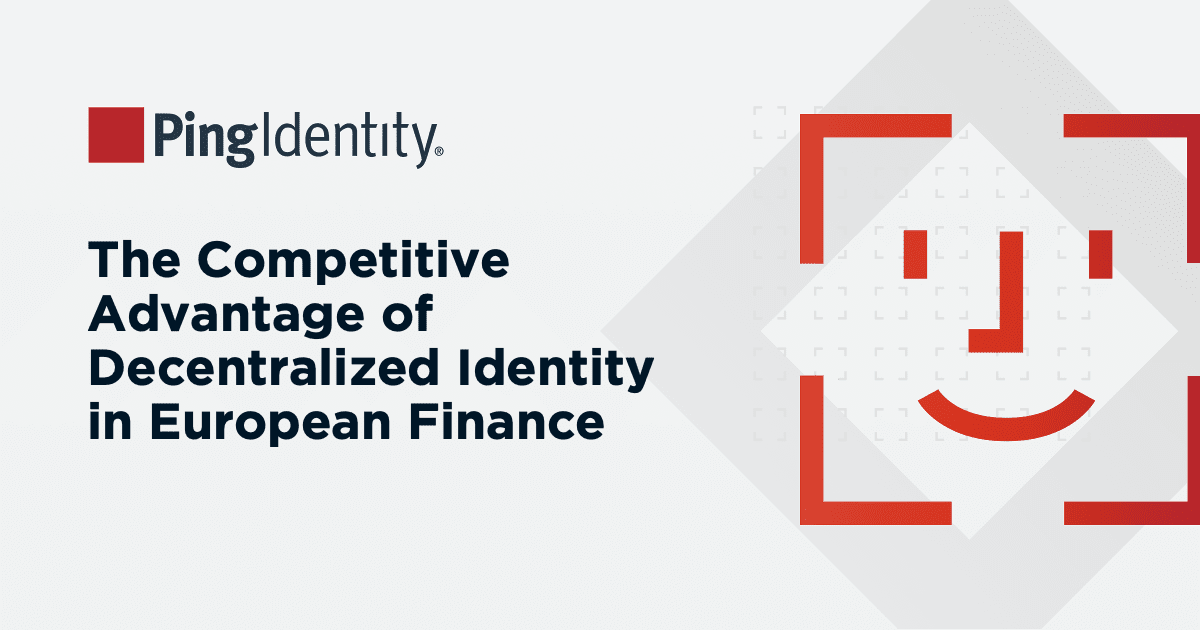The trend towards digitisation has been underway for a long time now and was massively accelerated by COVID. Many businesses are now observing a partial “snap back” to in-person interactions, but in general, digital-first experiences are more common and even more important than they were in 2019. As such, digital experience continues to be a competitive battleground, with a couple of recent or imminent developments set to shake things up further.
At WWDC last year, Apple announced Passkeys—a passwordless capability that extends existing standards (WebAuthn). Where WebAuthn relies on device-bound biometrics, Passkeys allow biometrics credentials to be synchronised across devices. This capability will also be supported by Microsoft and Google, meaning almost all devices will eventually be passkey enabled. Today, very few apps support passkeys, but as adoption grows it will quickly become an expectation for end users. Expect the shift to passkeys to start in 2023.
In addition to passkeys, you can also expect to hear more and more about ConnectID. ConnectID is an identity exchange offering a simple and secure way for users to prove who they are, using organisations they already trust such as their bank.
ConnectID will allow businesses to provide better experiences via rapid onboarding with minimal data entry. New features may also be enabled via the ability to verify specific data points (e.g. a user's age) with a high level of certainty. As a kicker, ConnectID also allows businesses to minimise the amount of sensitive information they store; a definite plus as they seek to reduce exposure off the back of last year's breaches. ConnectID will be available to Australian businesses sometime in 2023.
Economic Outlook – Cost Pressure
Is the economy strong? Are we headed into a recession? Are we talking ourselves into it? Regardless of how you answer those questions, businesses everywhere are tempering the forecast and taking steps to ensure they are set to weather economic conditions.
Identity Orchestration is the Solution
So how can we improve security, enhance customer experience, and cut costs all at once? That’s where identity orchestration comes in.
Identity orchestration refers to the process of managing and coordinating various identity-related tasks and processes within an organisation. This can include user authentication, authorization, and verification. For PingOne DaVinci, this means an intuitive, low-code development tool that looks like this screenshot:
In short, identity orchestration helps companies:
Provide a cohesive experience
Design, test, and deploy quicker and easier
Improve security posture
These are bold claims, but there is substance to back them up.
Orchestration Leads to Cohesive Experiences
If an experience can be built in a web browser, it can be built in a good orchestrator. But while the ability to deliver beautiful experiences is compelling, it’s not unique to orchestration.
The real power comes via the ability to readily integrate multiple systems into a single experience. As much as possible, a good orchestrator will provide ready-to-go, out-of-the-box integrations, but will also have the ability to be extended to bespoke, in-house, or otherwise proprietary systems, often via the use of a configurable REST API connector.
What used to take weeks of developer time, can now be done in days, hours, or even minutes.
The final point to consider regarding experiences is A/B testing. This helps CX teams try new approaches to registration and authentication, quantify the results, and adjust the experience in order to maximise registrations and provide the best possible authentication experience.
Make Deployment Quick and Easy
A solid identity orchestrator should provide an intuitive, low-code interface that minimises the skills barrier and facilitates rapid iteration. Earlier, I mentioned Passkeys and ConnectID as technologies that will gain traction in 2023. Imagine being able to quickly integrate those into your existing identity infrastructure using out-of-the-box features and established implementation patterns.
Identity orchestration can facilitate this—no need to fund an expensive uplift program or replace existing identity investments.
Improved Security Posture with Orchestration
Identity orchestration can also improve security posture in the following ways:
Centralised Control: Providing a centralised view of identities and access allows organisations to have greater control over who can access what resources. This can help to prevent unauthorised access and reduce the risk of data breaches.
Consistent Policies: Organisations can apply consistent access policies across all systems and applications, regardless of where they are located. This ensures that access is granted only to those who need it.
Strong Authentication: Providing a fast path to implementing MFA, which greatly reduces the risk of account compromise and unauthorised access.
Improved Visibility: Orchestration allows administrators exceptional granularity in logging user events which can be fed into a SIEM, or risk engine.
Conclusion
Regardless of whether you’re more interested in the evolving business landscape or the latest technological innovations, 2023 stands to be a very interesting year. Regardless of what comes, having an identity orchestration strategy stands to help you gain or retain a competitive edge off the back of lower costs, higher agility, and improved security posture. Read more about Ping Identity’s identity orchestration tool PingOne DaVinci then sign up for a free trial to try it for yourself.



